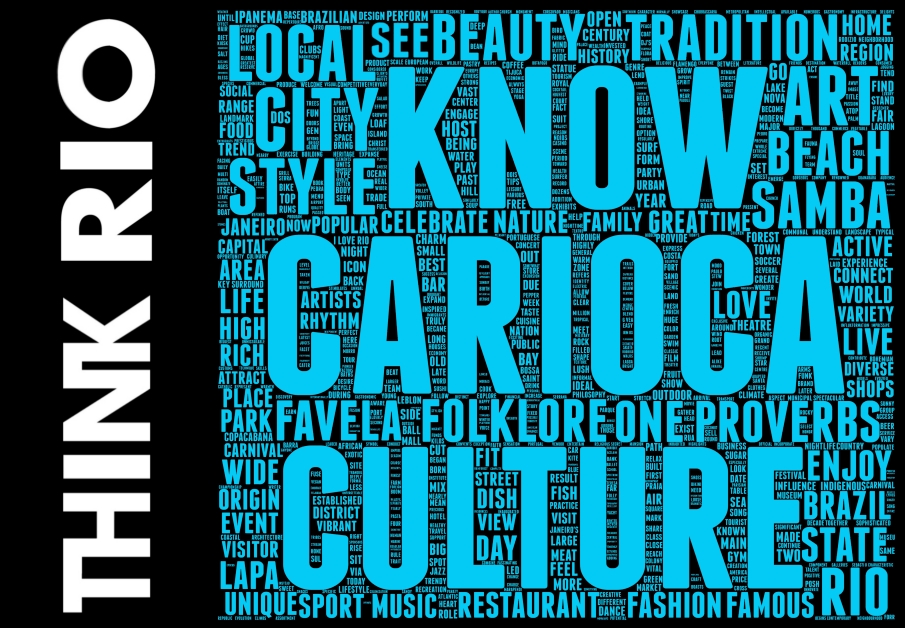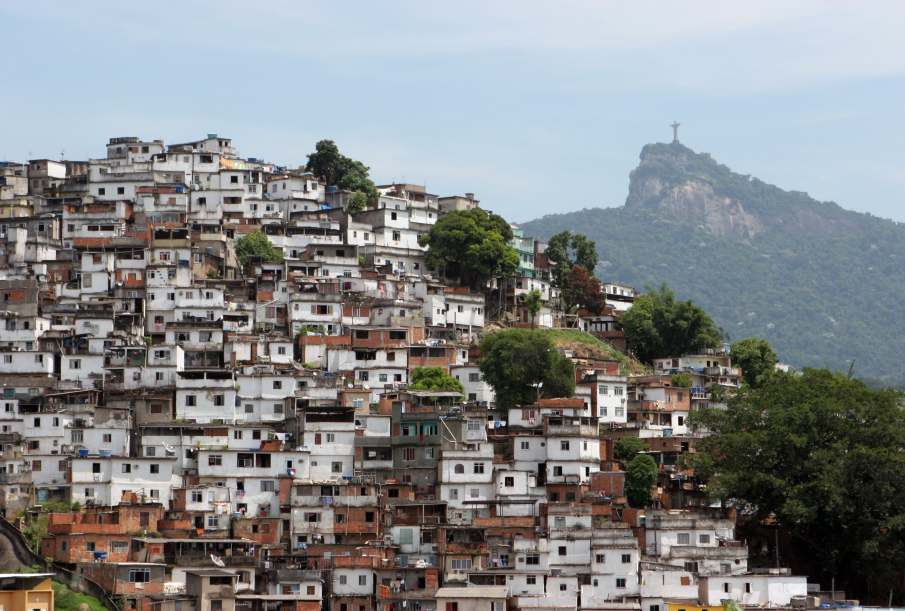

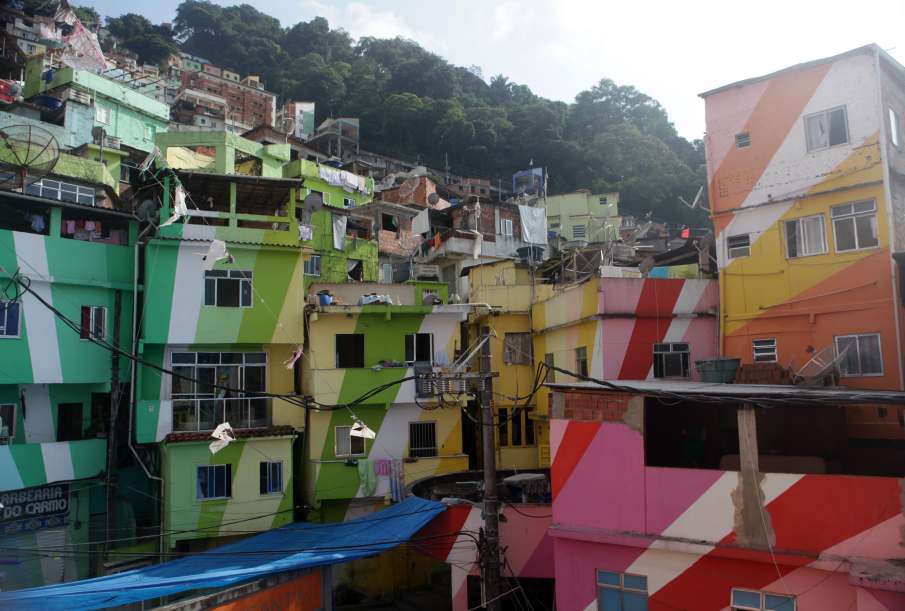
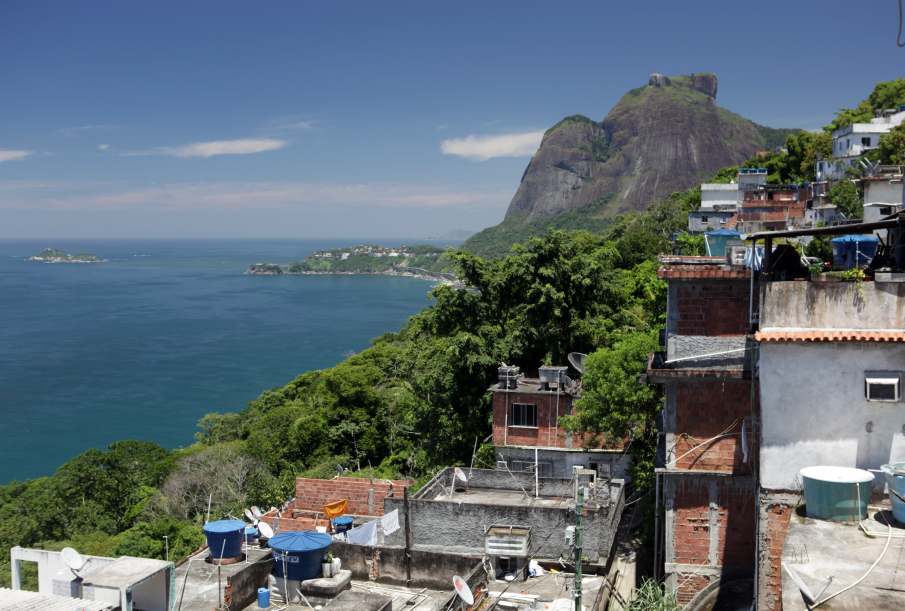
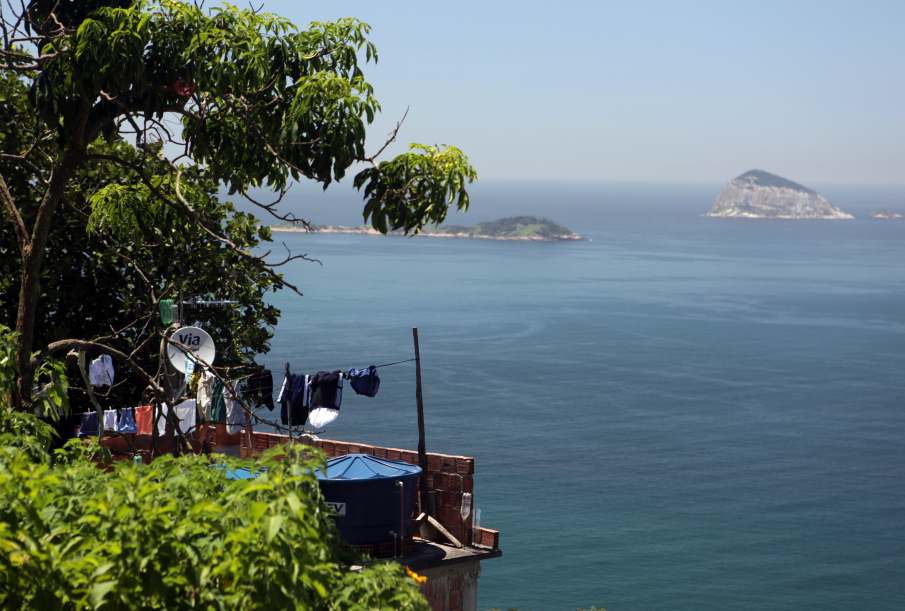
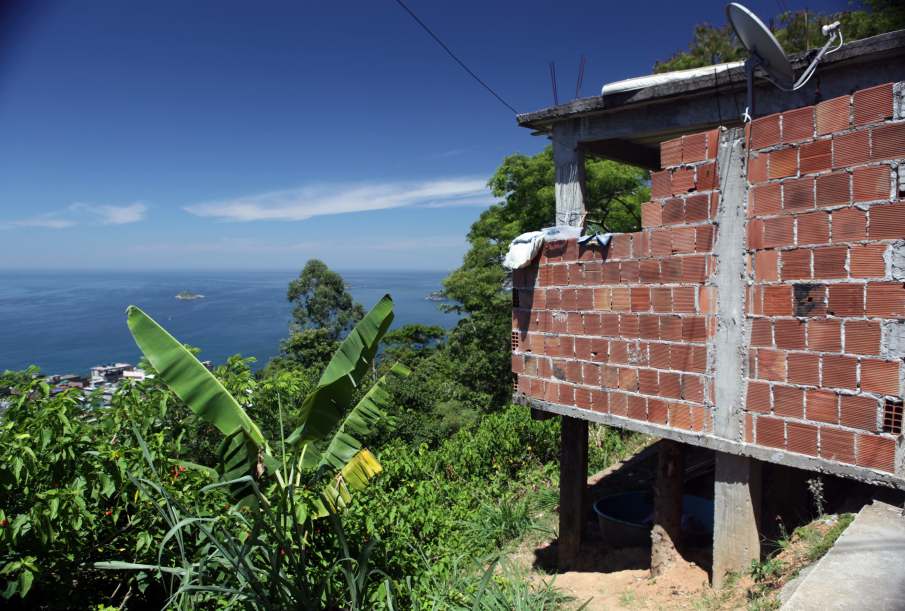
the most common type of construction at the time were small wooden houses with inclined roof called 'chalés' or 'casebres' - so widespread and precarious to became illegal.
dormitories, shared housing, and workers' villages became common in the period, not only defined as a strict architectural definition, but also as social practice - this extended across both low and medium income population.
Hygienist discourse about improving conditions in the city was used to underpin drastic policies for urban re-structuring - The Primeiro Relatório de Melhoramentos da Cidade do Rio de Janeiro (First Report for Improvements to the City of Rio de Janeiro) was published in 1875 outlining measures to increase street sizes and improve the circulation in the city, which would only be put in place between 1903-1906.

